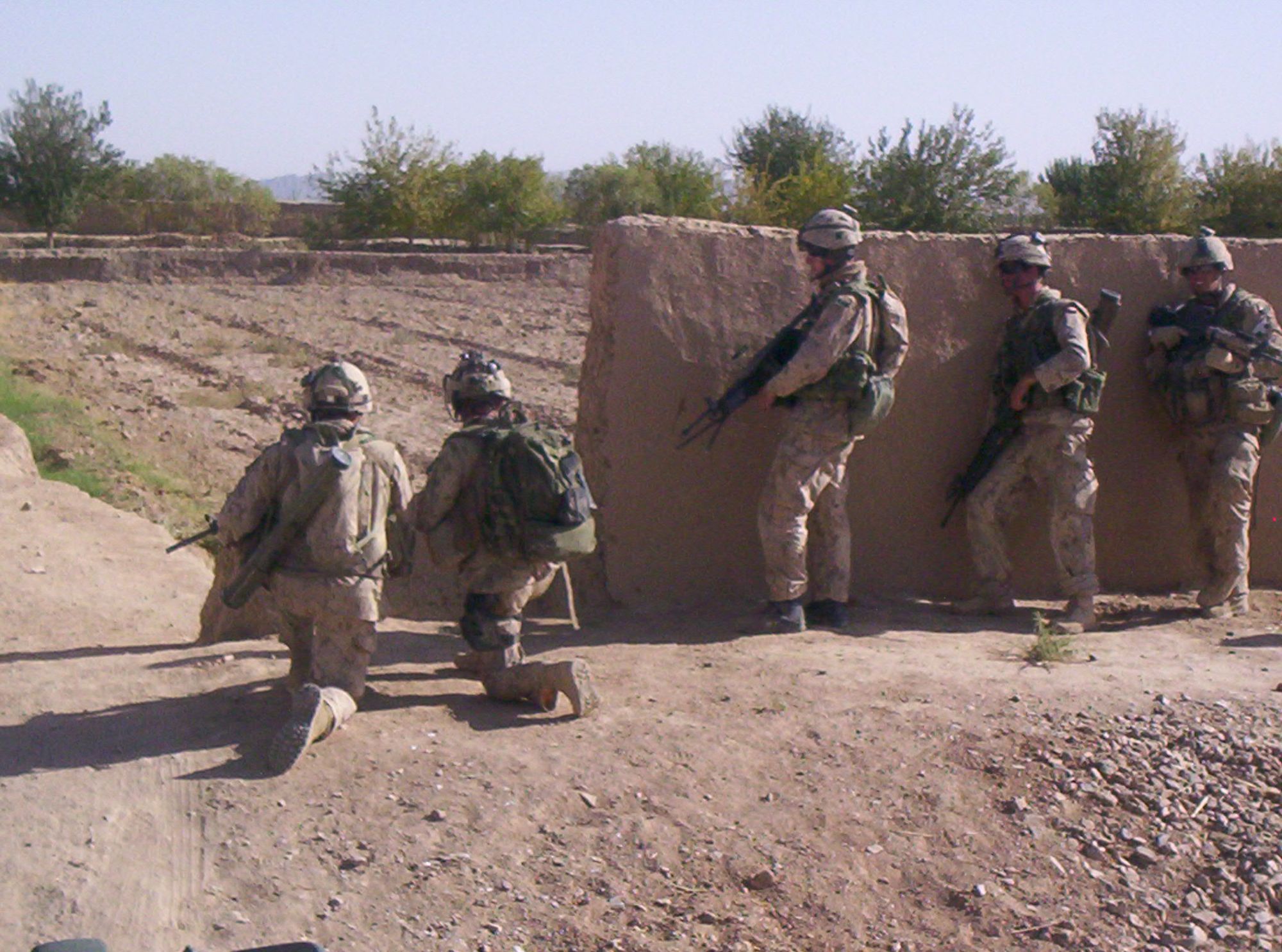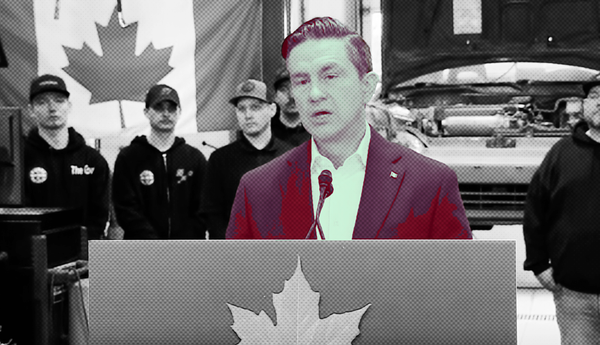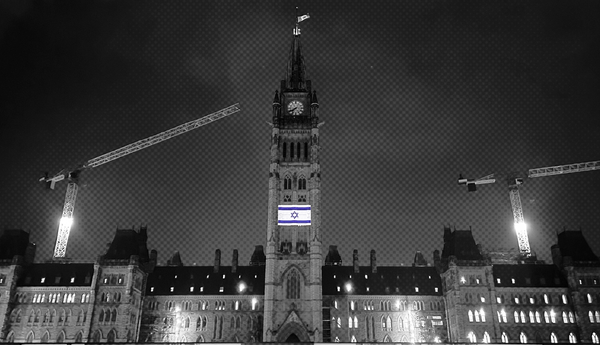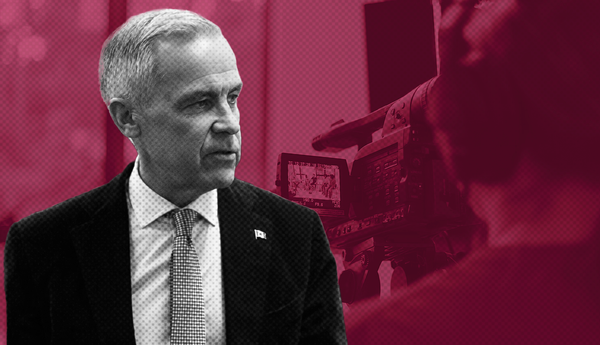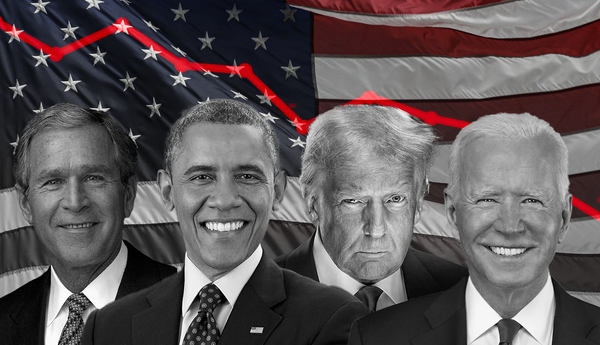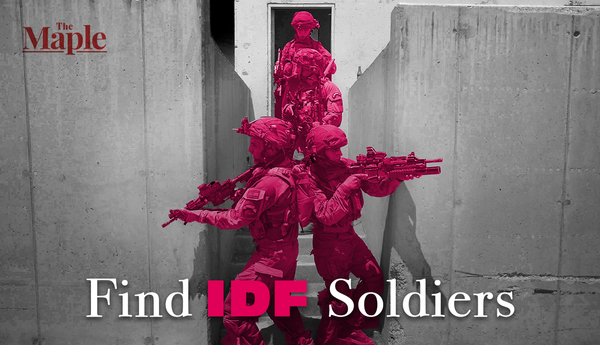2022 marks 21 years since Canada joined the U.S.-led War on Terror, and one year since the last U.S. troops exited Afghanistan. Today, a review of first-hand accounts authored by those involved in the operation dispels myths about the “humanitarian” nature of the war and occupation.
Guns for The Afghan ‘Rebels’
Afghanistan’s long civil war has its origins in the overthrow of its monarchy by General Mohammed Daoud Khan, and Khan’s overthrow in the 1978 Saur Revolution.
The latter, headed by a Revolutionary Council led by Nur Muhammad Taraki, established the Democratic Republic of Afghanistan. The new republic ushered in agrarian reform, school and hospital construction, new legal rights for women, and the nationalization of key industries.
In April 1979, CIA officials began meeting with Islamic “rebel” leaders – most prominently Gullbuddin Hekmatyar and Ahmad Shah Massoud – to organize a counter revolution.
Three months later, U.S. President Jimmy Carter formally approved Operation Cyclone, a set of “special operations” aiding Afghanistan’s Islamic “rebels” in coordination with Pakistani intelligence.
In response to the CIA-backed insurgency, the Revolutionary Council requested military assistance from the Soviet Union.
Canadian Prime Minister Joe Clark immediately backed a firm response to the Soviet intervention. In January 1980, Defence Minister Allan Mckinnon announced a “contingency plan” to deploy “at least 16,000 troops” to support NATO efforts, in addition to what Leigh Sarty – a professor at Carleton University’s Institute of European, Russian and Eurasian Studies – described as “virulent and swift” sanctions.
Then in opposition, Liberal leader Pierre Trudeau supported the sanctions. But he also lamented that ''I don't think we can help the Afghan rebels militarily” because NATO, he argued, had seen an “erosion” of its coercive power during the Iranian hostage crisis.
Still, once back in office, the Liberals escalated Canada’s involvement in Afghanistan.
In his memoir, former Liberal external affairs minister Mark MacGuigan recalled cosigning at the 1980 NATO summit “a complete commitment to rearmament” in response to the Soviet intervention. But, as MacGuigan noted in the footnotes: “Our most direct contribution to Afghan defence was made secretly.”
According to his memoir:
“...The Reagan administration approached us under the table to ask us to collect the Lee Enfields lying around Canadian armories for use of Mujahedin in their war with the Soviets. I immediately agreed, as did Gilles Lamontangue the minister of national defence, and, somewhat to my surprise, the PM…I am sure it was but a small contribution … but at least it allowed us a way of sharing in the Afghan struggle.”
Under Prime Minister Brian Mulroney, acting external affairs minister John Crosbie in 1988 praised Pakistan’s dictator General Muhammad Zia-ul-Haq “for his leadership in assisting Afghan resistance fighters” three years after he died in a plane crash. Canada’s Joint Committee on International Relations, meanwhile, boasted that the Soviet army, “failed to reckon with the national spirit and independence of the people.”
The character of Afghanistan’s “resistance fighters” was already fairly clear. “A favourite tactic” of theirs, the Washington Post reported in May 1979, was to “torture victims by first cutting off their noses, ears and genitals, then removing one slice of skin after another.”
When the war drew towards a close in 1988, Canadian diplomats complained that the Soviet withdrawal agreement included no explicit plans for an “interim government” consisting of the Afghan “rebels.”
Canadian peacekeepers who were stationed during the withdrawal process were already afraid of those same “rebels.” As the Islamists had refused to recognize any ceasefire terms, Capt. Yves Genereux warned, UN peacekeepers had to carefully balance ''watching the Soviet troops withdraw without being caught in the middle.”
The Taliban Takeover
In 1994, the Taliban emerged from CIA-funded madrassas along the Pakistan border and captured Kabul in September 1996. The new regime immediately banned all non-Islamic political organizations and education for girls, and launched a massive wave of torture, amputations, “stoning deaths” and “public hangings.”
Still, at least one U.S. State Department spokesperson said there was "nothing objectionable" about the Taliban’s ideas. A senior U.S. diplomat similarly said: "The Taliban will probably develop like the Saudis. There will be Aramco, pipelines, an emir, no parliament and lots of Sharia law. We can live with that."
A few months before the Taliban takeover, consulting company Oxford Analytica observed that the oil industry was “anxious” to “build oil and gas pipelines from the huge deposits in Central Asia through Afghanistan and Pakistan to the Indian ocean.”
After seizing power, the Taliban’s coalition began to fracture, and some of its warlord members assembled into the “Northern Alliance.”
In 2000, U.S. officials ruled out direct support for the alliance, even as the group’s leadership counted CIA assets among its ranks. As the Globe noted at the time:
“Less than a decade ago, several of the newly favoured rebel commanders who now lead the Northern Alliance took Afghanistan through one of its most repressive periods – when rape, pillaging and highway robbery were endemic.”
After 9/11
Following the 9/11 attacks, NATO invoked Article 5, which states that an attack on one member state is an attack on all, for the first time. Soon after, the United States launched Operation Enduring Freedom to root Al Qaeda out of Afghanistan, after the Taliban refused a final U.S. ultimatum.
To assist, Canada’s then-defence minister Art Eggleton launched Operation Apollo, readying 1,000 soldiers and four warships to join the U.S.-led coalition.
As the Globe reported in 2002, the initial round of U.S. bombing killed 1,300 civilians with 1,200 bombs in just two months.
Under pressure from Northern Alliance offensives and U.S. airstrikes, the Taliban were forced to retreat in November 2001. Soon after, the UN Security Council (UNSC) passed Resolution 1378 to prepare a transitional regime consisting of the main U.S.-backed non-Taliban forces, which were recognized at a conference in Bonn, Germany.
Soon after, Northern Alliance leader Hamid Karzai was made interim president and UNSC Resolution 1386 authorized a long-term foreign military presence, at the imposed regime’s request, as an International Security Assistance Force (ISAF).
But in February 2002, photos revealed that Canada’s Joint Task Force II commandos were already working “hand in glove” with U.S. forces on the ground in Afghanistan. Then-foreign affairs minister Bill Graham defended the secret deployment in his memoir, claiming: “Secrecy is what makes [operations] effective.”
Canada’s subsequent addition of a battle group consisting of 750 personnel soon became “an integral part of the brigade combat team of the U.S. 101st Airborne Division” to assist in “clearing out the mountain areas” and “wiping out” insurgents.
The battalion was led by Canadian Lt. Colonel Pat Stogran, who in November 2002 recalled to the Senate directing “three large-scale, battalion-sized offensive operations,” including “the first combat air assault in the history of the Canadian army.”
The initial operation took a particularly grisly turn in May 2002, when the Canadian forces stumbled upon a mass grave at Tora Bora – designated a “shrine” dedicated to those killed by U.S. bombings, according to the Washington Post. Stogran, in response, merely expressed regret that Osama Bin Laden was not among the dead. "We were hoping the big guy was there,” said Stogran.
Canada’s War Escalates
On January 8, 2003, as the U.S. government prepared for the Iraq War, Canada’s Defence Minister John McCallum met with U.S. Defense Secretary Donald Rumsfeld to discuss freeing up American soldiers who were “tied down” in Afghanistan by placing NATO in charge of the ISAF.
For the next year, Canada played a lead role in the operation in Kabul under the direction of future Chief of Defence Staff Rick Hillier.
However, ahead of Canada’s 2004 Defence Policy Review, Hillier and the Liberals would push to extend the war into the once Taliban-dominated south, beyond the rule of Afghanistan’s interim government.
Former Liberal prime minister Paul Martin recalled approving Hillier’s appointment, owing to Hillier’s proposal for a counter-insurgency war in Kandahar and his support for a “three block war,” a strategy drawn from U.S. Marines to integrate “humanitarian aid” with formal combat.
In more practical terms, Hillier recalled proposing that “a whole battle group should be sent to Kandahar along with a reconstruction team.”
Immediately, military officials began planning to take over the war in Kandahar, with the help of NATO Deputy Commander for Operations Ben Freakley. In the planning stages, Major General David Fraser recalled, proposals to “minimize the level of death and destruction” were sidelined.
“The Americans,” Fraser said, “were pushing us to capture and kill as many as possible.”
With Taliban forces hidden across the provinces, Colonel Bernd Horn wrote in his account, the coalition strategy meant: “Wait for two to three weeks, all the while hammering them with fires.” Then, “when the enemy was physically and psychologically weak,” to “seize the objective areas.”
Operation Medusa
During planning stages, officer John Conrad described NATO’s Spring 2006 mission, Operation Mountain Thrust, as a sort of “military chemotherapy in order to set the conditions for stability.” Operation Medusa, which followed under Canada’s leadership, was no more humanitarian.
Across the operation, Conrad wrote, the NATO forces acted as a “killing machine,” regularly finding themselves “knee-deep in empty bullet casings.”
According to Fraser, the Canadian forces in the region established a routine with the American military: “A pattern of nighttime reconnaissance,” whereby “come morning, artillery and air support would flatten the area and the waiting company would move through the cleared space onto the next objective which they would occupy and secure.”
Hillier recalled:
“The fight was so intense that we ran perilously close to being out of 155 mm artillery and some other types of ammunition. Those guns, which we were fortunate to have purchased earlier that year, were at times firing more than 200 rounds each per day. Lavoie said they were his key weapons system. In the direct firefights, ammo expenditure was also far greater than anticipated. One troop of four fighting vehicles, the LAV III, with its 25 mm cannon fired over five days nearly 16,000 of those 25mm rounds.”
White Phosphorous
Clearing the chest-high grape trestles of the Panjwai district, advised U.S. Lieutenant Ryan Edwards, meant carving up the region into ever-smaller rectangles and coating them with white phosphorus – referred to as “Willy Pete” in military slang.
"I'm a big Willy Pete man, myself," Edwards told a group of Canadian soldiers as they advanced in the Panjwai district. "If [the Taliban] are brave enough to move through all that Willy Pete to get to me, I'm going to give them a free shot."
In a 2008 op-ed for the Toronto Star, Canadian Corporal Paul Demetrick warned that as part of Operation Medusa, the Canadian forces risked being remembered for leading a campaign of “hating, killing and destroying”:
“We respond to hostile fire by indiscriminate bombing and shelling of villages, killing innocent men, women and children; we fire white phosphorus shells (a chemical weapon outlawed by the Geneva Conventions due to the horrific way it burns human beings) into vineyards where it was known Afghan insurgents were deployed; we hand over prisoners of war to Afghan authorities, who torture them; and we shoot and kill a two-year-old Afghan boy and his four-year-old sister.”
‘We still think everyone approaching us wants to kill us’
Operation Medusa’s airstrikes alone killed dozens of civilians. By the end of 2006, according to the United Nations, the counter-insurgency war had forced nearly 80,000 from their homes – further swelling Afghanistan’s refugee camps.
Through Operation Medusa, one officer recalled, “we destroyed infrastructure, tore up villages to trap the Taliban ... We antagonized the local population but we didn’t rout the Taliban.”
A local farmer said: “The bombing and the fighting destroyed our mosque, our homes and our vineyards. Taliban are gone but so is most everything else.”
Haji Abdullah Shah remarked: “They killed our children, they killed our families. Every canal has collapsed. Every field needs water. We don’t have enough food.”
Predictably, this destruction created more enemies.
“We still think everyone approaching us wants to kill us,” said Captain Ryan Carey after the offensive. “We have no choice but to plan for a fight right ‘til we leave.”
“My platoon was 27 or 28 guys, and every firefight they'd have 100 at least,” Edwards said. "We would just take human waves of assaults at our position, one after another after another."
Predatory Aims
A 2009 Senlis Council report, titled “Losing Hearts And Minds In Afghanistan,” noted that Canada’s “intervention has resulted in significant civilian deaths and local discontent,” alongside a marked “failure to improve the lives of the Afghan people.”
The country did not become significantly more democratic following Canada’s military intervention, either.
Dr. Masooda Jalal, the only woman candidate for president in the October 2004 election, said the vote was “massively rigged.” While political parties were banned for fear they would promote an “anti-islamic agenda,” up to two-thirds of the National Legislature was dominated by warlords.
In Kandahar City especially, under the direction of Lt. Col. Ian Hope, NATO forces set up Afghan Development Zones (ADZ) to “create a ‘shining example’ of political, economic and social success that other districts would quickly want to emulate.” But these projects failed.
The Canadian International Development Agency’s (CIDA) $13-million plan to achieve improved access to things like drinking water and electricity, according to Jerome Klassen, did not “appear to have any impact on the access of villagers to infrastructure.”
In Kandahar, another report found, “the schools Canada built were plagued by shoddy construction” and the province remained the “world’s capital of polio.”
Instead, naked profit was the priority. In particular, rumours circulated that past plans to move natural resources through Afghanistan, once dropped by the Taliban, might be revived.
In September 2004 and November 2005, Prime Minister Jean Chretien met with president Saparmurat Niyazov of neighbouring Turkmenistan flanked by two Canadian businessmen to discuss the “modernization of the Seyidi refinery.”
In January 2008, U.S. Ambassador Tom Pickering laid out the invading armies’ real priorities to CBC News: “Afghanistan is of strategic importance, a failed state in the middle of a delicate and sensitive region that borders on a number of producers of critical energy.”
Reflecting on Medusa
While Medusa was one of the bloodiest offensives in the history of the Canadian military, the fighting and the civilian casualties did not cease during later operations.
“One month after Medusa,” Hillier wrote, “the Taliban were resurgent.” But the top army brass had few disputes: They “all saw the need for the reinforcements,” said Hillier. “We needed more troops, more guns and – a shock for Canada after years of peacekeeping – tanks.”
For years after Medusa, Lt. Colonel Shane Schrieber said, “we were asked to keep track of body counts of Taliban by higher HQ … We replied that this was meaningless – often inaccurate and it didn’t matter anyways as it was not a measure of success. We were told to do it anyway.”
The coalition offensive in Herat in Spring 2007 led to dozens of deaths even as Human Rights Watch observed that government officials “found no evidence of Taliban forces in the area.” For 2007 as a whole, an estimated 6,500 Afghans were killed – up from 4,000 in 2006 – including at least 1,040 civilians.
The death toll continued to accumulate. According to UN estimates, over 8,000 civilians were killed in Afghanistan between 2009 and 2014.
In February 2010, the Canadians joined the highly publicized Marjah offensive, killing more civilians, before withdrawing its combat troops in 2011 in favour of a “training operation.” In 2014, the year Canada finally withdrew its “training” forces, there was a 25 per cent increase in civilian deaths.
As the Canadian forces exited and Operation Enduring Freedom officially ended, Georgette Gagnon, human rights director for the UN mission in Kabul, expected things to get worse, telling Reuters: “The situation for civilians in Afghanistan is becoming increasingly dire.”
In 2021, the year the last American forces exited, Afghanistan marked a record total of women and children killed or wounded. After the Taliban took back Kabul last fall, Minister of Immigration, Refugees and Citizenship Sean Fraser was asked why the final exit of Canada’s last diplomatic personnel was so “frantic.”
Fraser replied: “We haven’t had a military presence in Afghanistan for the better part of a decade. There was a diplomatic presence there. But that didn’t give us logistical capacity to move people in the tens of thousands. The clarity of hindsight is a luxury.”
Then-defence minister Harjit Sajjan likewise defended the war. "Everyday Americans," he said, understand that “when our friend and ally was attacked on 9/11, Canada was there for America that day and throughout the entire Afghanistan campaign.”
As for the dead Afghans, the minister had little to say.
Editor's note, Sept. 22, 2022: A previous version of this story incorrectly stated that Canadian Lt. Colonel Pat Stogran described Canada's military operation to the Senate in November 2022. In fact, he spoke to the Senate in November 2002. The story has been corrected. The Maple regrets this error.
Go deeper
Here are a few stories from our archive that expand on today's story
Canada’s Modern Day ‘Peacekeeping’ Is War-making by Another Name
In this article, we examine the shift from early “peacekeeping” to overt war-making.
Understanding Canada’s Counterinsurgent ‘Peacekeeping’
Since the end of the Cold War, Canada’s peacekeeping operations, although never particularly peaceful, have taken a more explicitly violent turn — especially across Africa and the Caribbean.
Top Maple story this week
The Monarchy's Colonialist Legacy
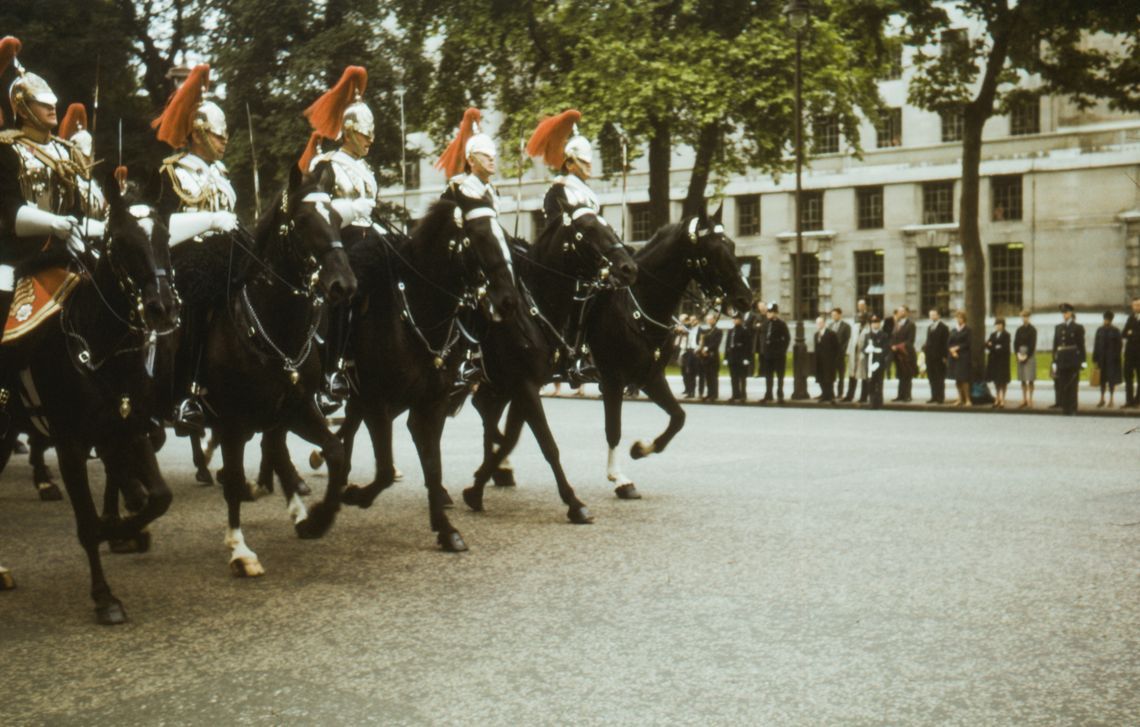
On the latest episode of The Maple's North Untapped podcast, we spoke to policy analyst and writer Chuka Ejeckam about the violent imperialist and colonialist legacy that the monarchy represents in the wake of Queen Elizabeth II's passing earlier this month.
Download the full episode on Apple, Spotify or Google.
Catch up on our latest stories
- Child Care Workers Have Been Left Behind During The Pandemic. Will This Fall Be Different?
- Fighting for Worker Rights in a Tight Labour Market.
- What Does Pierre Poilievre’s Conservative Leadership Mean for Canada?

